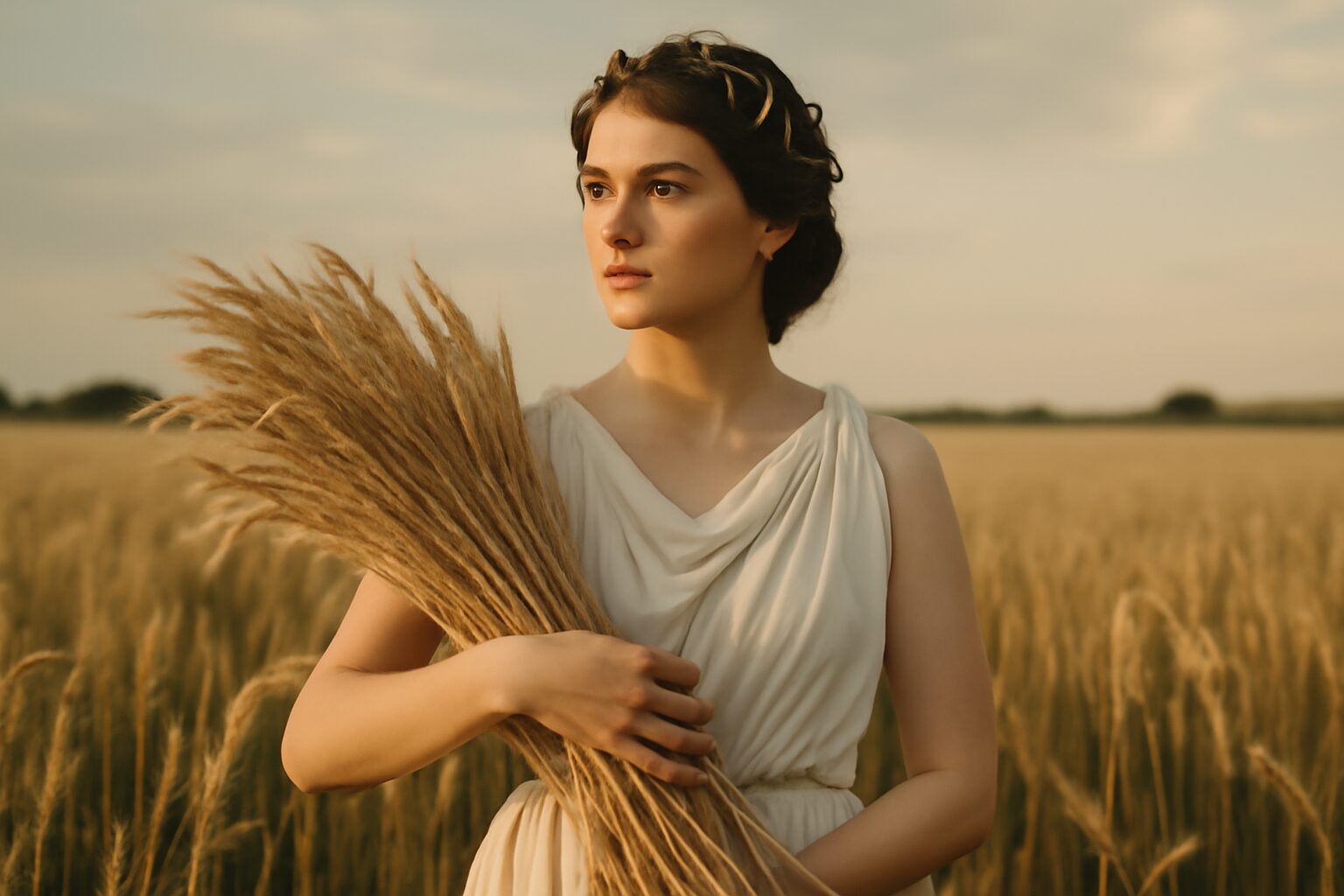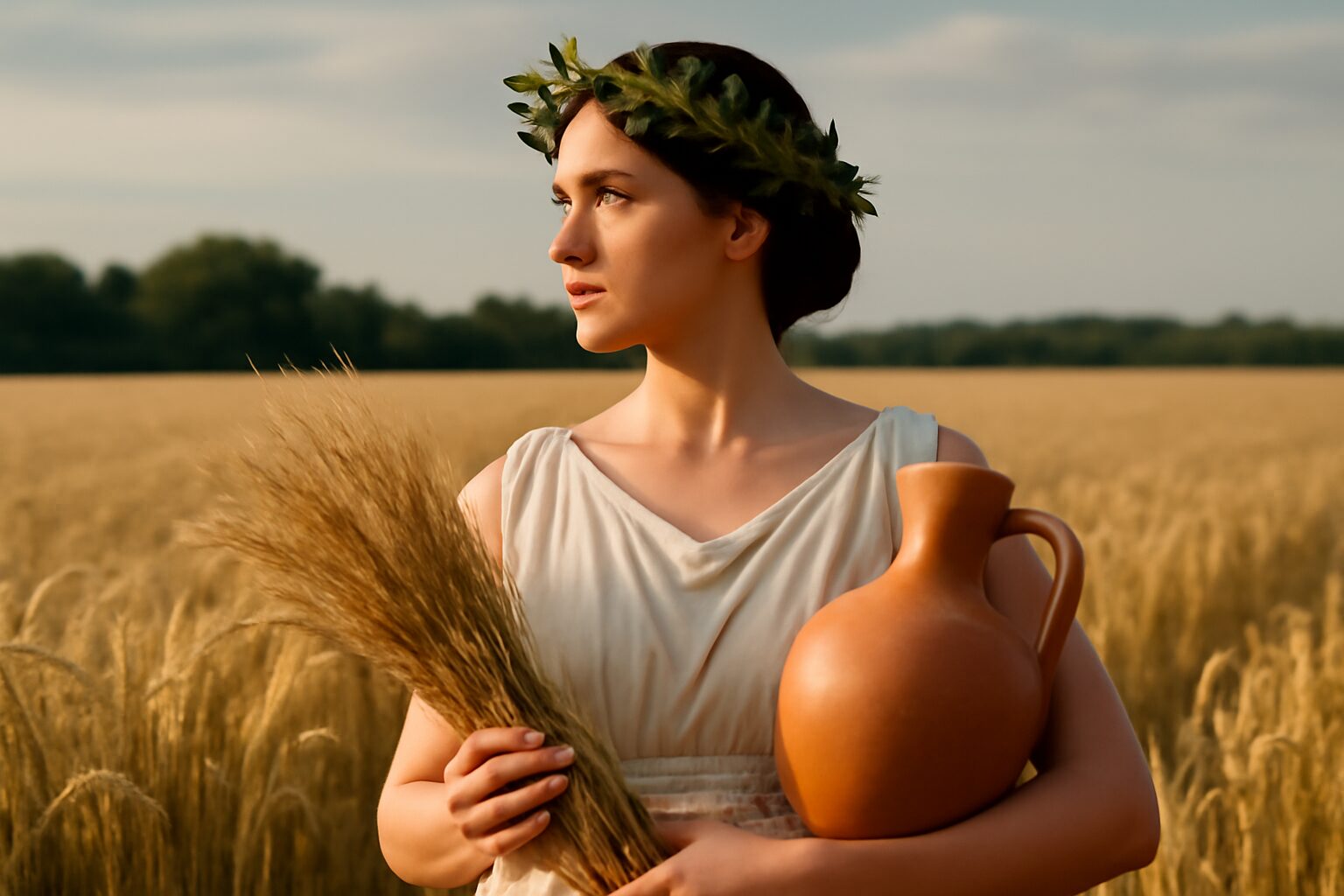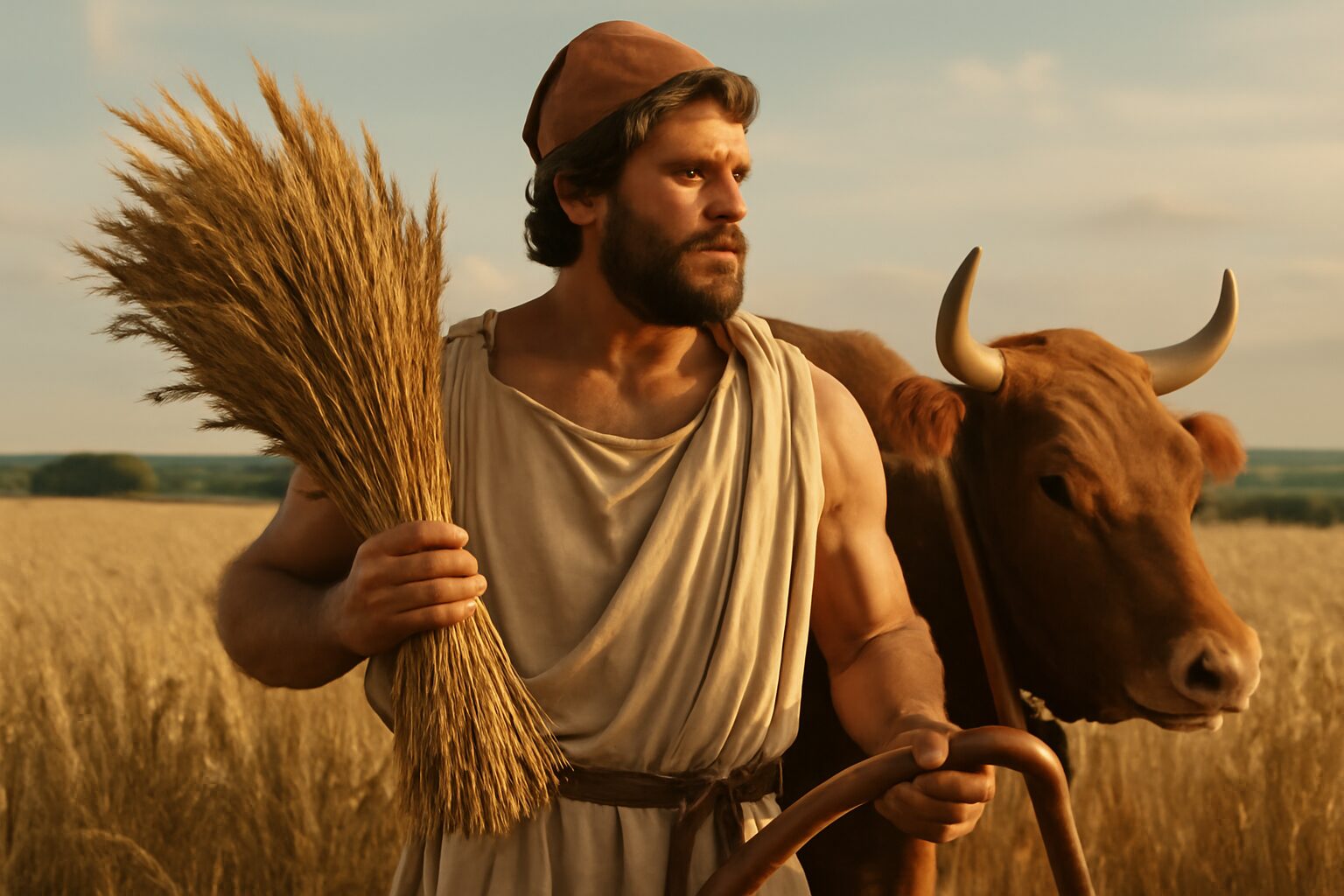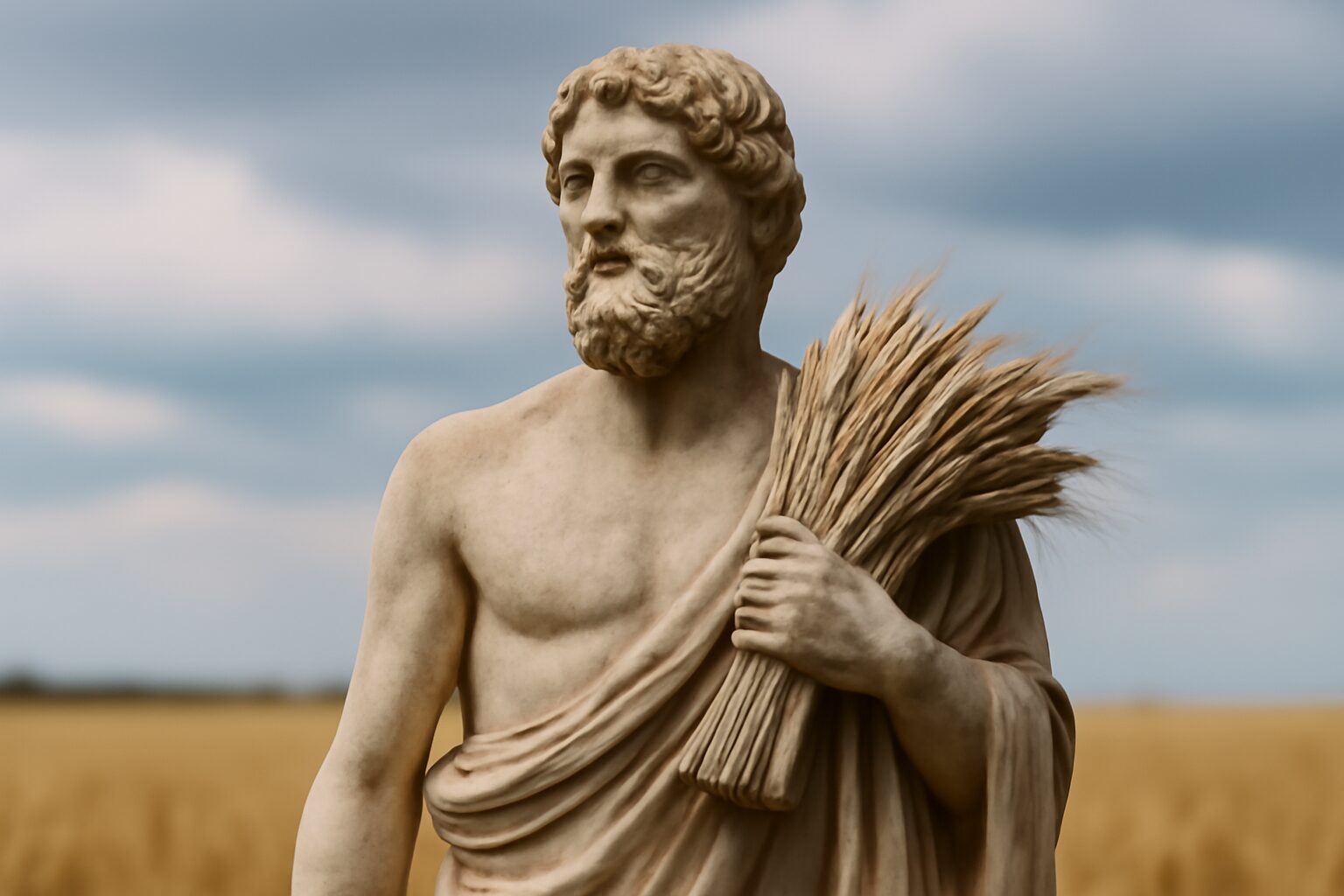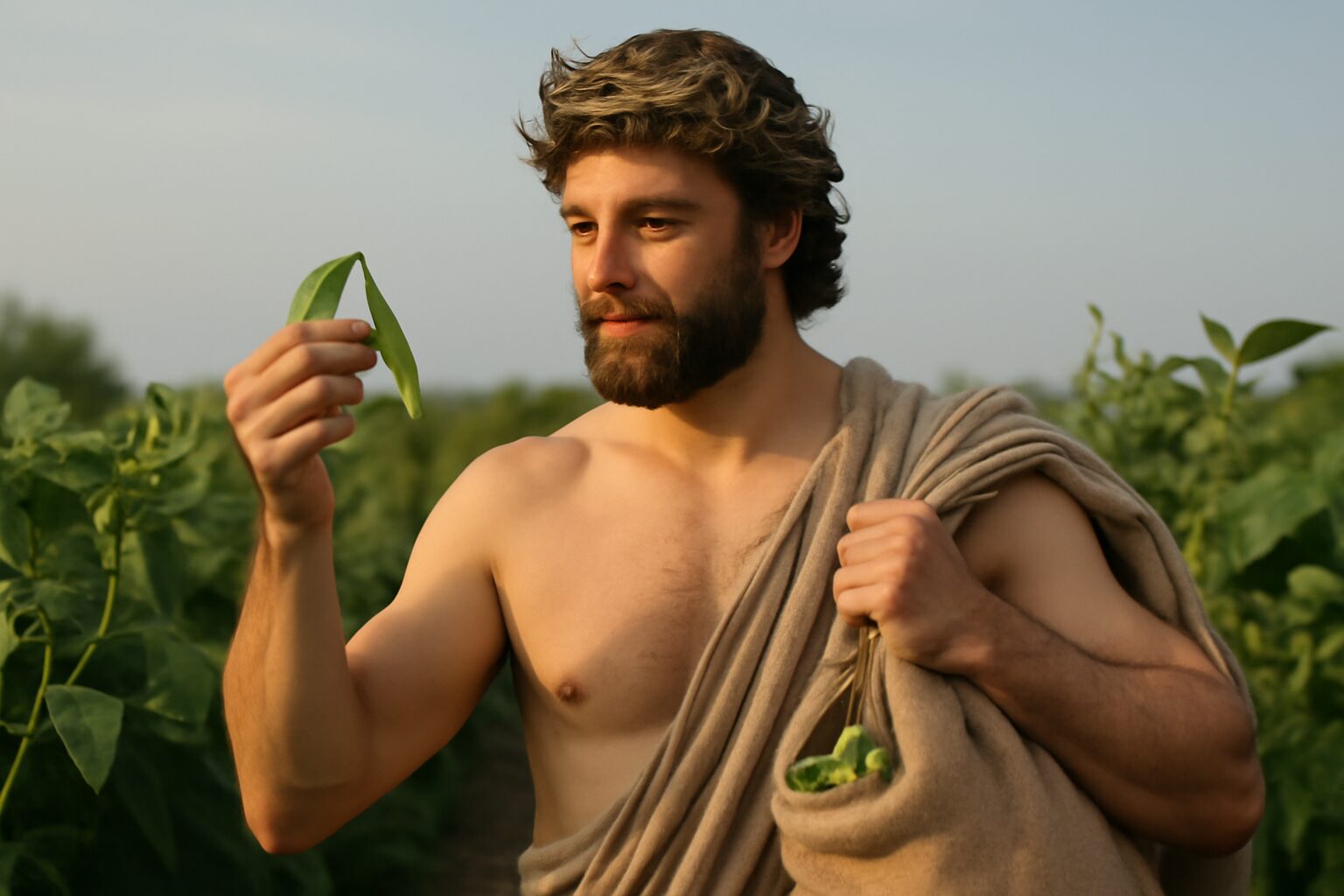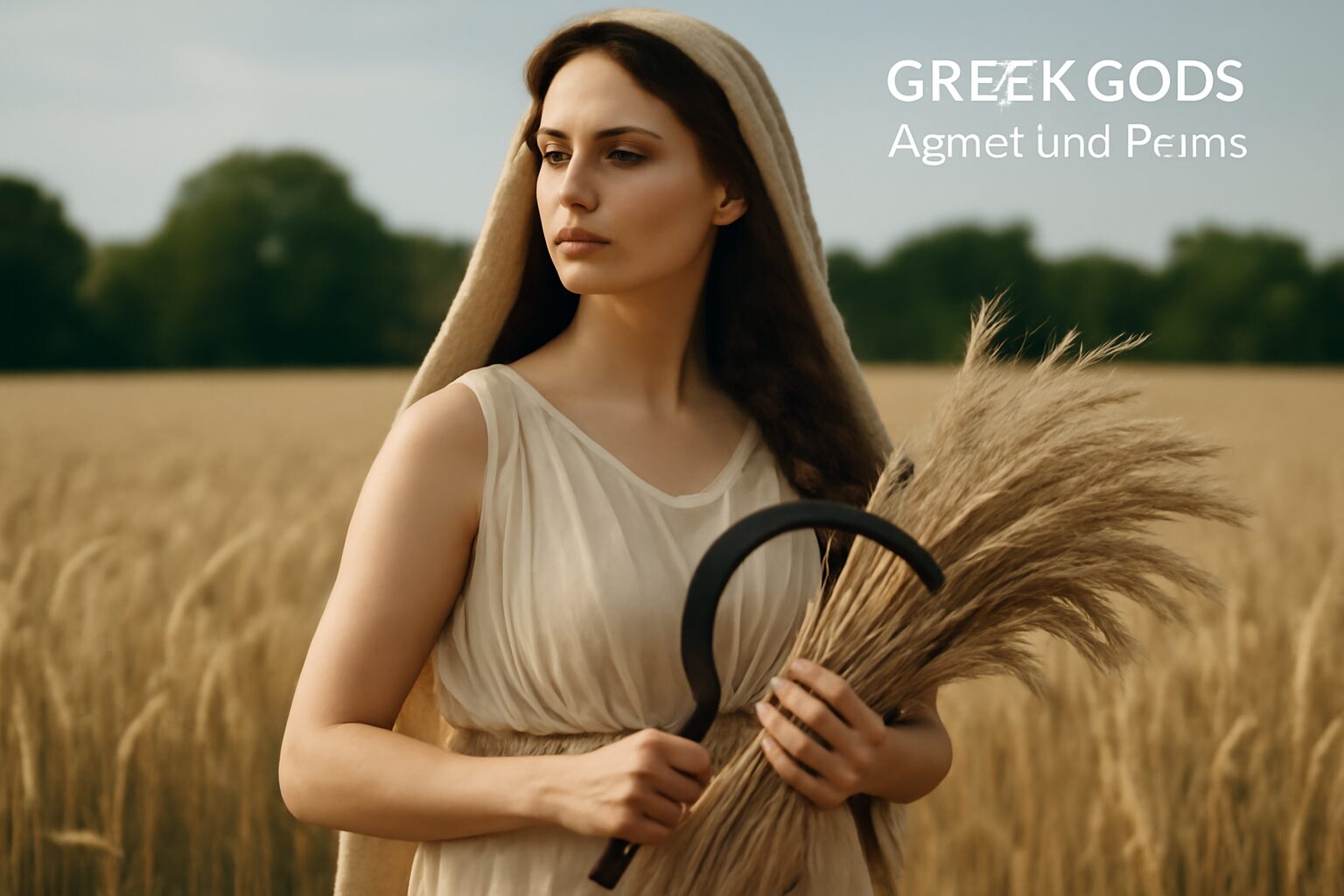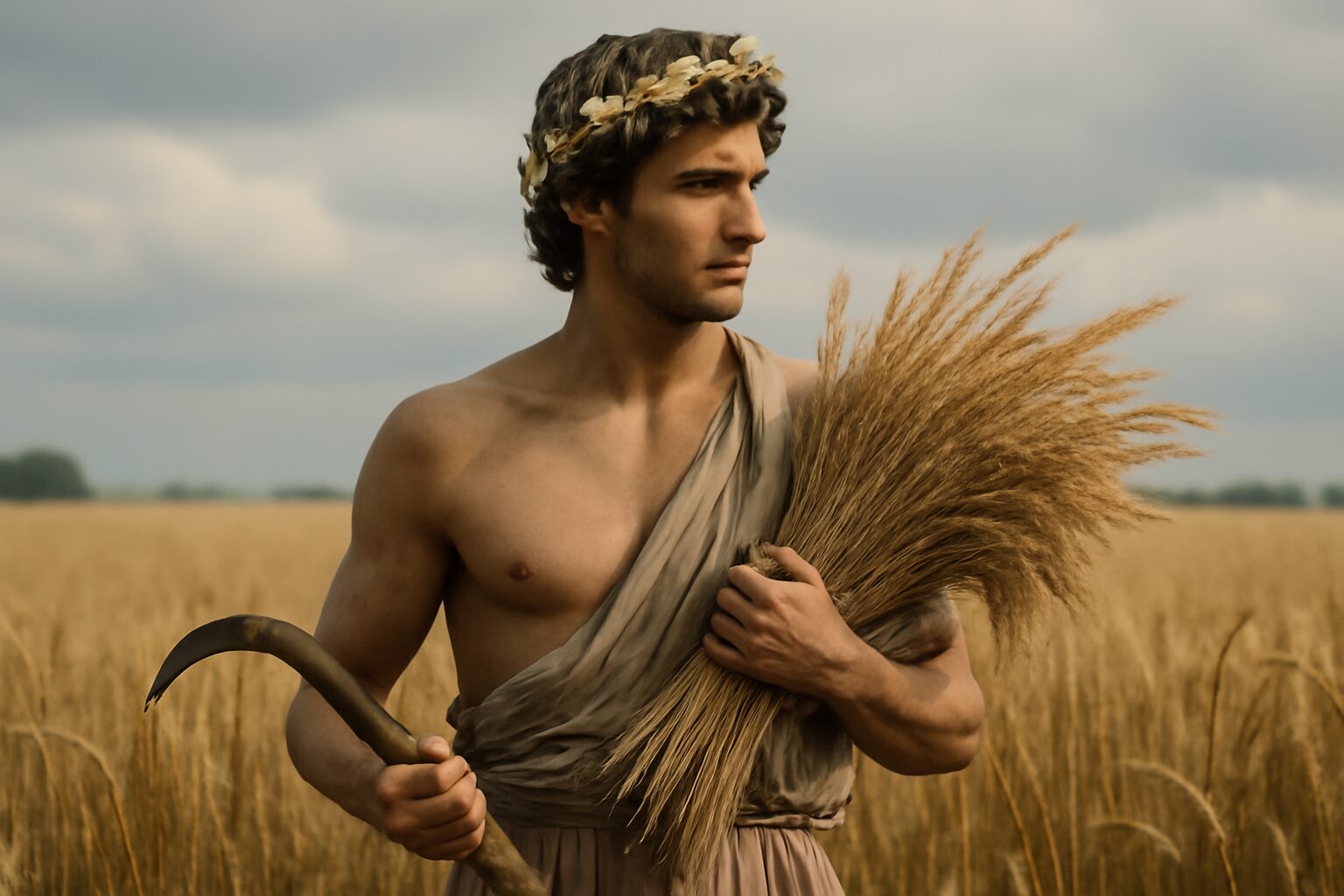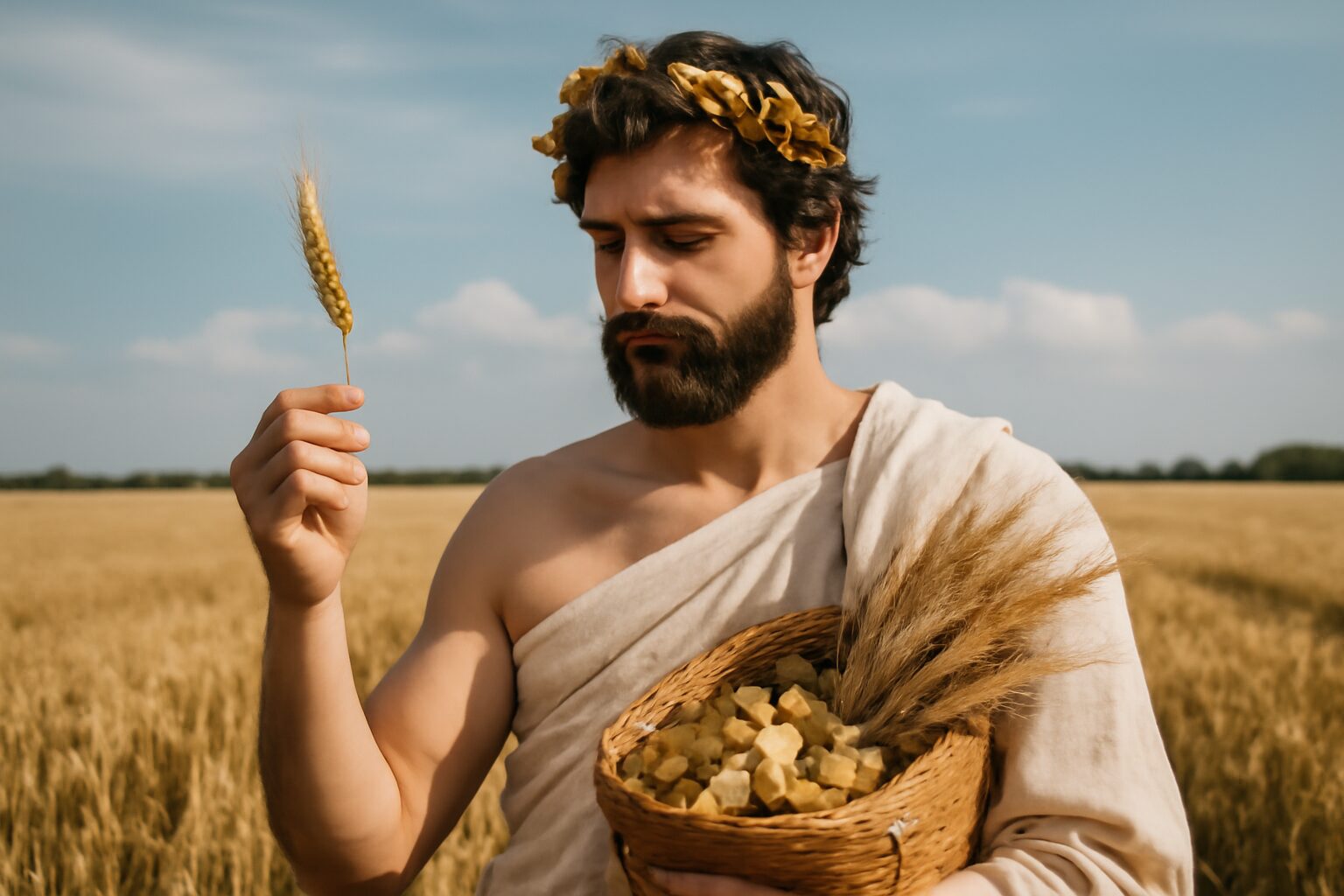Carme: The Mysterious Moon Goddess
In Greek mythology, Carme (also spelled Karme) is a lesser-known but fascinating lunar deity associated with the harvest, fertility, and the cycles of nature. Often overshadowed by more prominent figures like Artemis or Selene, Carme nonetheless holds a unique place in the pantheon as a goddess deeply connected to the rhythms of the earth and the moon.
Origins and Mythology
Carme was said to be the daughter of Phoenix or Euboulos, depending on the source, and was closely linked to the island of Crete. Some myths suggest she was a nymph or a minor goddess who later became associated with the moon. Her name is thought to derive from the Greek word "karma," meaning "shearer" or "harvester," reinforcing her ties to agriculture.
One of the most famous stories involving Carme is her role as the mother of Britomartis, a Cretan goddess of hunting and nets who was later identified with Artemis. According to legend, Carme protected her daughter from the advances of King Minos, helping her escape by leaping into the sea, where she was transformed into a divine figure.
Powers and Symbolism
As a lunar deity, Carme was believed to influence the growth of crops and the fertility of the land. She was often invoked during harvest festivals, where offerings were made to ensure a bountiful yield. Unlike the more celestial Selene, Carme's connection to the moon was deeply intertwined with earthly cycles, making her a bridge between the heavens and the soil.
Her symbols included the sickle (representing the harvest) and the crescent moon, which emphasized her dual role as both an agricultural and celestial figure. Some traditions also associate her with the Eleusinian Mysteries, secret rites dedicated to Demeter and Persephone, suggesting her importance in ancient fertility cults.
Legacy and Worship
Though not as widely worshipped as other deities, Carme's influence persisted in rural communities, particularly in Crete. Her veneration highlights the Greeks' reverence for the natural world and their belief in divine forces governing life's essential cycles. Today, her name lives on in astronomy—Jupiter's moon Carme is named after her, a fitting tribute to this enigmatic goddess of the moon and earth.
Alternative Names for Carme (Karme)
God Name: Karme (Greek)
An alternative spelling of Carme, reflecting the original Greek pronunciation and orthography.
God Name: Carmo (Roman)
A Romanized version of the name Carme, though less commonly attested in classical sources.
God Name: Karmanor (Greek)
A possible epithet or variant name linked to Carme in some Cretan traditions, though the connection is debated among scholars.
Tales about Carme (Karme)
The Harvest's Guardian: Carme and Britomartis
In the sun-drenched fields of Crete, Carme watched over the barley and wheat, her presence a blessing to the farmers who toiled under the hot sun. One season, a mysterious blight threatened the crops, withering the stalks before they could bear grain. Desperate, Carme sought the aid of the elusive nymph Britomartis, known for her mastery over nets and traps—both for hunting and for safeguarding growth.
A Divine Collaboration
Britomartis, moved by Carme’s devotion, wove an intricate net of moonlight and dew, which she cast over the fields at dawn. Where the net touched, vitality returned: stalks straightened, leaves greened, and the blight receded like a bad dream. Grateful, Carme offered the first sheaf of harvested grain to Britomartis, forging a bond between the goddess of harvest and the protector of natural order. To this day, farmers in Crete whisper prayers to both, hoping for a bounty shielded from harm.
The Loom of Fate: Carme and the Moirai
When Carme’s daughter, Acacallis, fell gravely ill, the harvest goddess journeyed to the cave where the Moirai spun the threads of mortal lives. There, she confronted Clotho, who was spinning a thread thin and frayed—Acacallis’s lifeline.
A Mother’s Plea
With tears like morning dew, Carme offered a bargain: she would sacrifice a year of her own divine vitality to strengthen her daughter’s thread. Moved by this selfless act, Clotho paused her spindle, and her sisters Lachesis and Atropos nodded in accord. They wove Carme’s offering into the thread, restoring Acacallis to health. Though weakened, Carme returned to the fields, her love for her child forever etched into the tapestry of fate.
Frequently Asked Questions
Who is Carme (Karme) in Greek mythology?
Carme (or Karme) is a minor agricultural deity in Greek mythology, often associated with the harvest and fertility of the land. She is sometimes considered a nymph or a goddess linked to rural life and the bounties of the earth.
Why were agricultural deities like Carme important in ancient Greece?
Agricultural deities like Carme were vital because ancient Greek society heavily depended on farming for survival. People worshipped these gods and goddesses to ensure good harvests, fertile land, and protection from natural disasters that could ruin crops.
What can we learn from the worship of Carme and other agricultural deities?
The worship of Carme and similar deities highlights the ancient Greeks' deep connection to nature and their reliance on the land. It teaches us about their values, rituals, and how they sought to influence the natural world through religion and mythology.
How does the concept of Carme apply to modern agriculture?
While modern agriculture relies on science and technology, the reverence for nature seen in Carme's worship reminds us of the importance of sustainable farming and respecting the earth's resources, much like ancient cultures did.
Is Carme mentioned in any famous Greek myths or stories?
Carme is not as prominent as major gods like Demeter, but she appears in some regional myths and is occasionally linked to the story of Britomartis, a Cretan nymph. Her tales often emphasize her role in rural and agricultural life.

